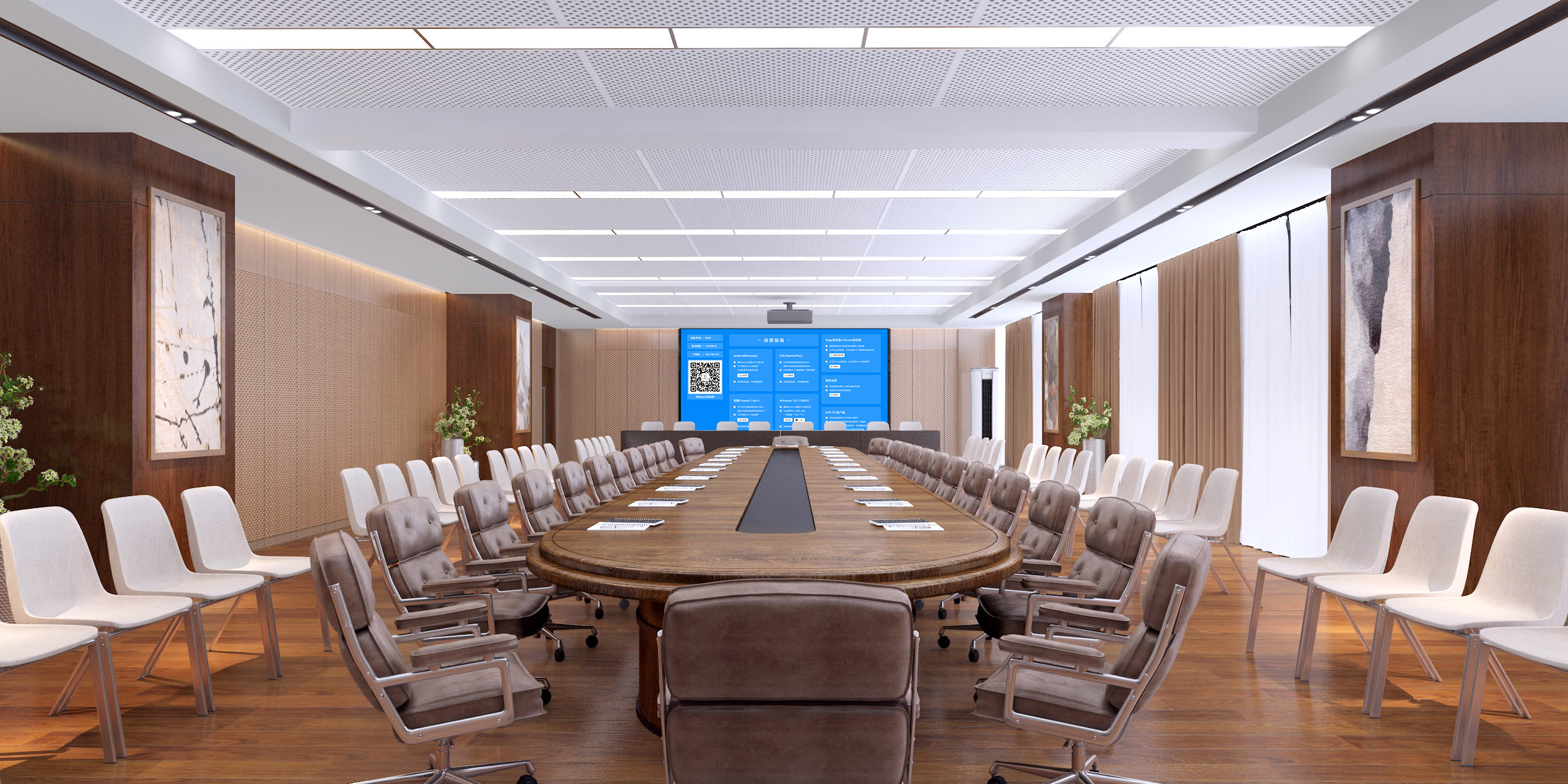With the digital transformation of work styles,
wireless meetings are replacing traditional meeting models. Among them, the mature application of screen mirroring technology brings new possibilities for enterprise collaboration.
- Excessive cables and mismatched interfaces often lead to connection failures.
- Low efficiency in device switching, requiring repeated adjustments when changing presenters.
- Long preparation time spent on debugging hardware and software.
- Speakers are fixed in position, restricted by cable connections and unable to move freely.
- Single form of content sharing, mostly limited to one-way presentations from a single device.
- Limited interactive participation, resulting in low engagement from team members.
- Supports fast connection of multiple devices (laptops, mobile phones, tablets) without complicated settings.
- Driver-free and plug-and-play design, allowing immediate use without installing additional software.
- Cross-platform compatibility, ensuring seamless connection regardless of whether devices run Windows, macOS, Android, or iOS.
- Supports simultaneous screen mirroring by multiple people, enabling side-by-side display of different ideas or plans.
- More intuitive content comparison, helping the team quickly identify differences and advantages between solutions.
- Significantly improved discussion efficiency, reducing the time spent on content switching and explanation.
Wireless screen mirroring technology enables flexible group discussions with the following features:
- Independent group discussions: Each group uses a dedicated screen mirroring channel to share and discuss content freely without mutual interference.
- Centralized display of results: After discussions, each group can cast their outcomes to the main meeting screen for full-team review.
- Rapid integration of viewpoints: The host can switch between different groups’ content in real time, facilitating the integration of valuable ideas.

